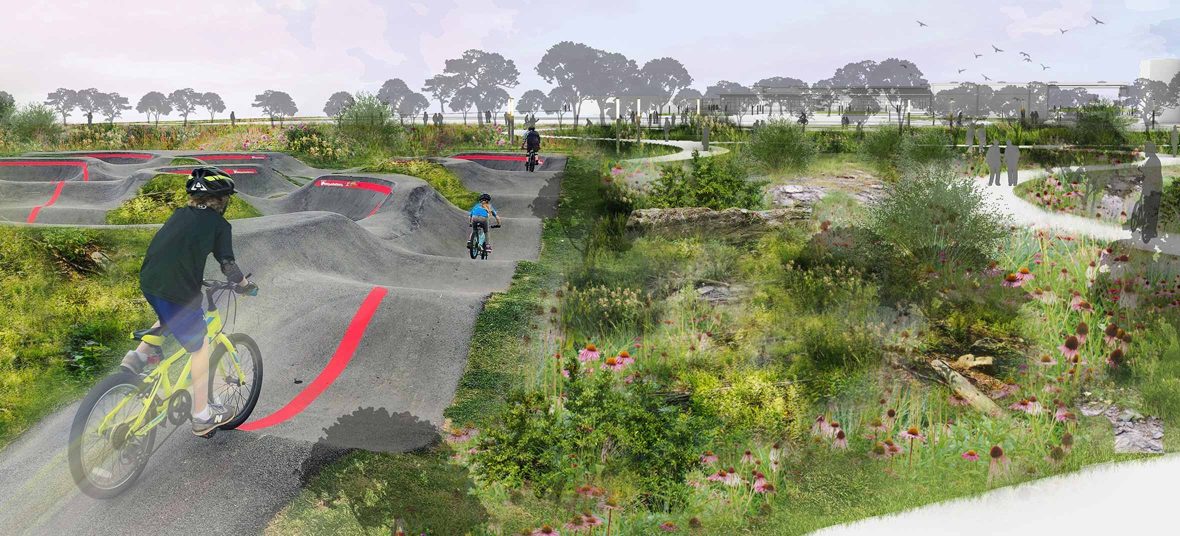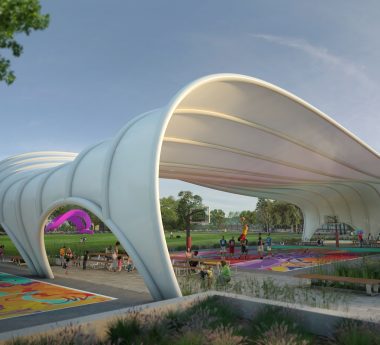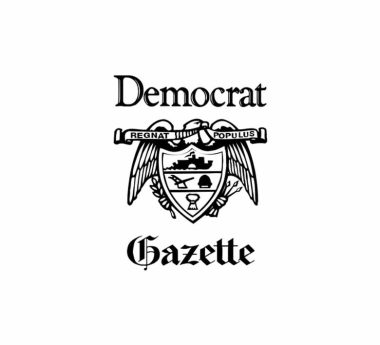From the start, we brought in trusted members of the local community to be part of the design team and to act as liaisons and bridge-builders to the community. We developed online surveys in Spanish, Marshallese and English to collect community feedback, and we hosted virtual presentations. We also reached out personally and conducted over 80 one-on-one interviews with community members during the project’s first month. And we’re currently hosting an RFQ with CACHE, the Creative Arkansas Community Hub and Exchange, to find up to three Northwest Arkansas-based professional artists (working in any artistic medium) to collaborate. But we needed a way to get people to participate—we needed a hook and a unifier—and of course nothing brings people together better than food. Partnering with Velocity Group, we organized three dinner drive-thrus and with a group of volunteers gave away 300 meals at each of them. As community members picked up food, we talked about this powerful project and promoted the surveys and virtual meetings. But these events were so much more than quick touch-points and free meals.
Each dinner energized community members by showcasing local restaurants, chefs, caterers, and cooking schools. Yeyo’s Mexican Grill, Chef Judy Tatios (a Marshallese-chef who specializes in a fusion of southern and Marshallese cuisine) and the Brightwater Center at NW Arkansas Community College, Secondhand Smoke, and three recent Latin American graduates from Brightwater all came together to celebrate the power of gathering, and the Jones Campus’s potential to inspire it. Helping people feel comfortable and safe was a huge priority, especially during the pandemic, and we also wanted people to feel welcome. The local Marshallese population had been hit hard by COVID-19, so seeing friends and neighbors come together at these events felt like a release valve had been opened. It was incredibly fulfilling to witness the energy and excitement and to be part of it.
It felt a little ironic that what we thought might be a hindrance to community engagement—a devastating pandemic—ended up inspiring new ideas and new connections. It motivated us to bring people together in ways that might seem normal in our day-to-day lives but are still considered non-traditional as part of a design process. Facebook, for example, is a comfortable forum for Northwest Arkansas’ Marshallese community so it made perfect sense to host a Facebook Live event, during which we presented design ideas and strategies in both English and Marshallese and solicited feedback. So far, we’ve received input from over 2,200 community members, with over 180,000 social media touchpoints so our new strategies of working with the community will surely have a lasting impact on future projects.



